How to connect a Bosch dishwasher yourself
 The performance of a Bosch dishwasher largely depends on how correctly it was installed. The slightest mistake can lead, at a minimum, to leaks, and at a maximum to the fact that the car’s electrics will burn out, and warranty repairs will be denied because the rules for connecting a technically complex device were violated. A video instruction will help you correctly connect a Bosch dishwasher, and in this article we will decipher some of its provisions and talk about the nuances of such a connection.
The performance of a Bosch dishwasher largely depends on how correctly it was installed. The slightest mistake can lead, at a minimum, to leaks, and at a maximum to the fact that the car’s electrics will burn out, and warranty repairs will be denied because the rules for connecting a technically complex device were violated. A video instruction will help you correctly connect a Bosch dishwasher, and in this article we will decipher some of its provisions and talk about the nuances of such a connection.
Where to put the “dishwasher” and how to prepare the installation?
Before you start connecting a Bosch dishwasher yourself, you need to clearly determine where it will be installed. It is important to remember that a dishwasher is not just a household item, like upholstered or cabinet furniture that can be rearranged at any time. Its location is related to the location of electrical and water communications, so you should expect that the choice of location will be final.
Experts consider the ideal place for a dishwasher to be in the kitchen to the right or left of the sink. Why?
- No special long hoses (filler and drain) are required; you can get by with regular standard ones.
- It is more convenient to connect to the drain, which means that sewage will flow out unhindered.
- You can quickly transfer dirty dishes from the sink to the dishwasher, because baskets for plates and cups will be at arm's length.
For your information! The shorter the dishwasher inlet hose, the better, because in the event of a water hammer, a short hose is protected a little better than a long one.
In this sense, it is easier to buy built-in appliances from Bosch; you don’t need to think about where to put it, because the kitchen set already has a corresponding niche the size of the “dishwasher”. In addition to the installation location of the dishwasher, you also need to decide how you will connect it, and this needs to be done in advance.
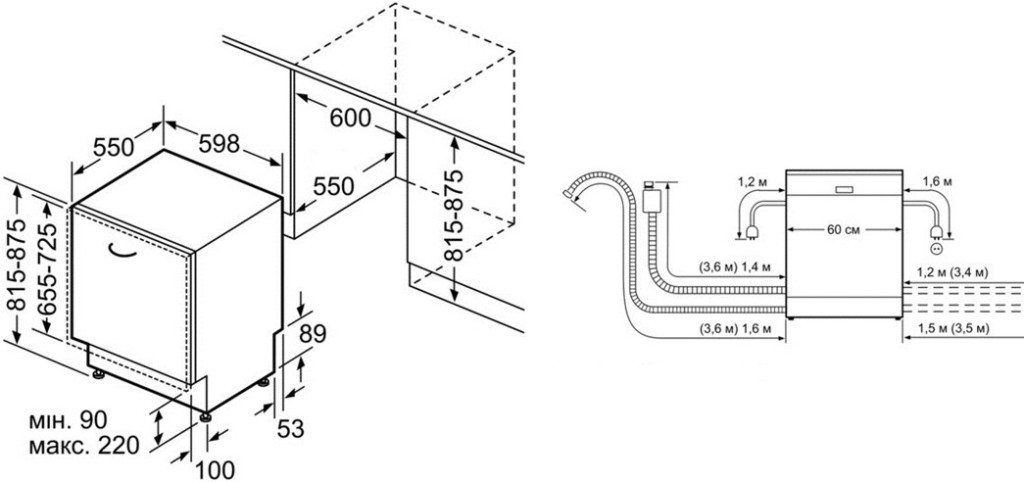
Pay special attention to electrical communications. For some reason, many people think that it is enough to install a reliable European socket, with a housing protected from moisture, and you can safely connect a dishwasher or washing machine - everything is safe. In fact, everything is not so simple, because such a connection will resemble a lottery, where the chances that your new equipment will burn out will be very high.
Professional electricians insist that household appliances such as a dishwasher and washing machine be powered by a separate grounded network with a circuit breaker and a stabilizer. This is by no means a whim. The quality of energy supply in Russia and the CIS countries leaves much to be desired. Constant changes and power surges every now and then cause breakdowns of various household appliances. And if you consider that all Bosch brand equipment is quite demanding on the quality of power supply, you need to take all possible precautions.
Important! You can connect both a washing machine and a dishwasher to the same electrical network at once, the main thing is to correctly calculate the cross-section of the wires and the power of the stabilizer.
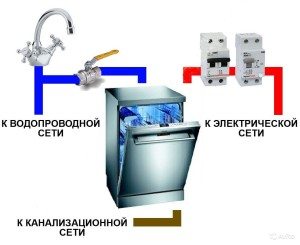 It is strictly not recommended to install a separate electrical network yourself.You can find a lot of videos online where craftsmen tell you how easy it is to install the wiring yourself, but for some reason they don’t care about the possible consequences of electric shock. In the video everything looks easy, but in practice it is usually different. Don't take risks, entrust this matter to professionals. Here is an approximate list of work they will need to do:
It is strictly not recommended to install a separate electrical network yourself.You can find a lot of videos online where craftsmen tell you how easy it is to install the wiring yourself, but for some reason they don’t care about the possible consequences of electric shock. In the video everything looks easy, but in practice it is usually different. Don't take risks, entrust this matter to professionals. Here is an approximate list of work they will need to do:
- knock out the wall for laying electrical wires (you can do this yourself);
- select a wire of the required cross-section and material and lay it;
- select and install a difavtomat;
- organize grounding;
- install a moisture-resistant socket;
- connect the stabilizer (you can do it yourself).
We've decided on electrical communications, now let's move on to water ones. You need to immediately organize the terminals for connecting the dishwasher Bosch to a pipe with cold or hot water, and also put a siphon on the sink with two outlets, one for the washing machine (if one is installed in the kitchen), and the second for the “dishwasher”. In general, the preparation of communications can be completed here. We are starting to prepare for installing the dishwasher.
What tools and materials will be needed?
Before starting installation work, you need to stock up on some tools and materials. You don’t need anything special; everything you need can be found either in the pantry or at the nearest plumbing store. Here's the list.
- Flathead and Phillips screwdriver.
- Fumka (tape for waterproofing).
- Pliers and a small adjustable wrench.
- Siphon (if there is already a suitable one with a fitting, then it is not necessary).
- Plastic or bronze tee (thread must be 3/4).
- Flow-through filter (has a fine mesh that prevents debris from entering the Bosch dishwasher).
- A faucet that is installed on the inlet hose (needed in case of a leak, so as not to block the entire riser, but only to block the supply to the dishwasher)
- Drain and inlet hoses (if the hoses included with the dishwasher are long enough, then this is not necessary).
Note! A flow filter must be installed on a dishwasher, even if a similar filter is installed on the riser. It purifies water quite roughly, but it will save the dishwasher.
Work procedure
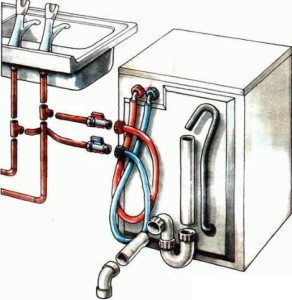 To install a Bosch dishwasher yourself, you will need instructions. It’s not that this is a very difficult job; at first glance, everything is done on a whim in 5 minutes. But in fact, there are significant nuances; if you do not take them into account, the defect may appear 2-3 days after you have completed the installation. There are also quite a few videos about installing a dishwasher, but all the videos present different approaches. We will try to describe the correct sequence of work.
To install a Bosch dishwasher yourself, you will need instructions. It’s not that this is a very difficult job; at first glance, everything is done on a whim in 5 minutes. But in fact, there are significant nuances; if you do not take them into account, the defect may appear 2-3 days after you have completed the installation. There are also quite a few videos about installing a dishwasher, but all the videos present different approaches. We will try to describe the correct sequence of work.
- We connect the free end of the drain hose to the outlet (fitting) of the siphon. In this case, you need to make two deflections: one at the base of the dishwasher, and the other at the siphon itself. The professionals who shoot the video pay special attention to this point, because the knee is the best way to avoid the “siphon effect” and prevent the bad smell of the sewer from getting into the “dishwasher”.
Important! Craftsmen who shoot numerous videos suggest simply pulling the hose onto the outlet of the siphon, without securing it in any way.This is incorrect, since the pressure of water flowing into the drain can easily rip off the hose and cause a flood. It’s better to clamp the joint with a clamp, it will be more accurate.
- We turn off the water. If you have taps installed on risers with cold and hot water, there are no problems at all. If the water in the apartment cannot be shut off, then you will have to use the shut-off valves located in the basement.
- We disconnect the cold water pipe from the mixer, which is located in the kitchen, if necessary, shorten this pipe and place the prepared tee on it, carefully winding up all the connections.
- Next, we connect the faucet to the tee, and through it the inlet hose of the dishwasher. That's all the work.
Be sure to wind the winding along the thread; it should not come off and greatly interfere with screwing the fasteners. Now you can connect the dishwasher to the electrical network and perform a test run, but first do not forget to open the blocked riser. When checking the connection, do not forget to monitor the integrity of the threaded connections; if water drips somewhere, you need to redo it.
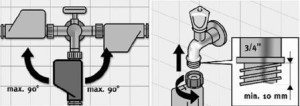 Installation, along with the time spent dragging the dishwasher and turning off the water, should take you 20 minutes, maybe a little more if there is a problem with installing the tee. This is not much, considering that the service center technician will charge you $10 for installing the dishwasher.
Installation, along with the time spent dragging the dishwasher and turning off the water, should take you 20 minutes, maybe a little more if there is a problem with installing the tee. This is not much, considering that the service center technician will charge you $10 for installing the dishwasher.
The installation instructions for the dishwasher do not contain information about some of the nuances of the work performed. However, connecting a Bosch dishwasher has certain features. It's all about the inlet hose valve. It can be installed on either side, water will not flow immediately, but if the side is wrong, a leak will definitely occur in a couple of days.To avoid problems, make the connection exactly according to the instructions, there are no trifles in this matter.
To summarize, we note that anyone can connect a dishwasher, even those who do not have the skills to handle equipment. Installation will not take much time, but as a result you will save some money. If there is something that is not clear to you from the text of the article, you can watch the video that we have posted below. In this video, the master explains in detail and shows all the steps step by step, so you definitely can’t go wrong.
Interesting:
1 reader comment
Add a comment Cancel reply
Categories
Washing machine repair


For buyers

For users

Dishwasher



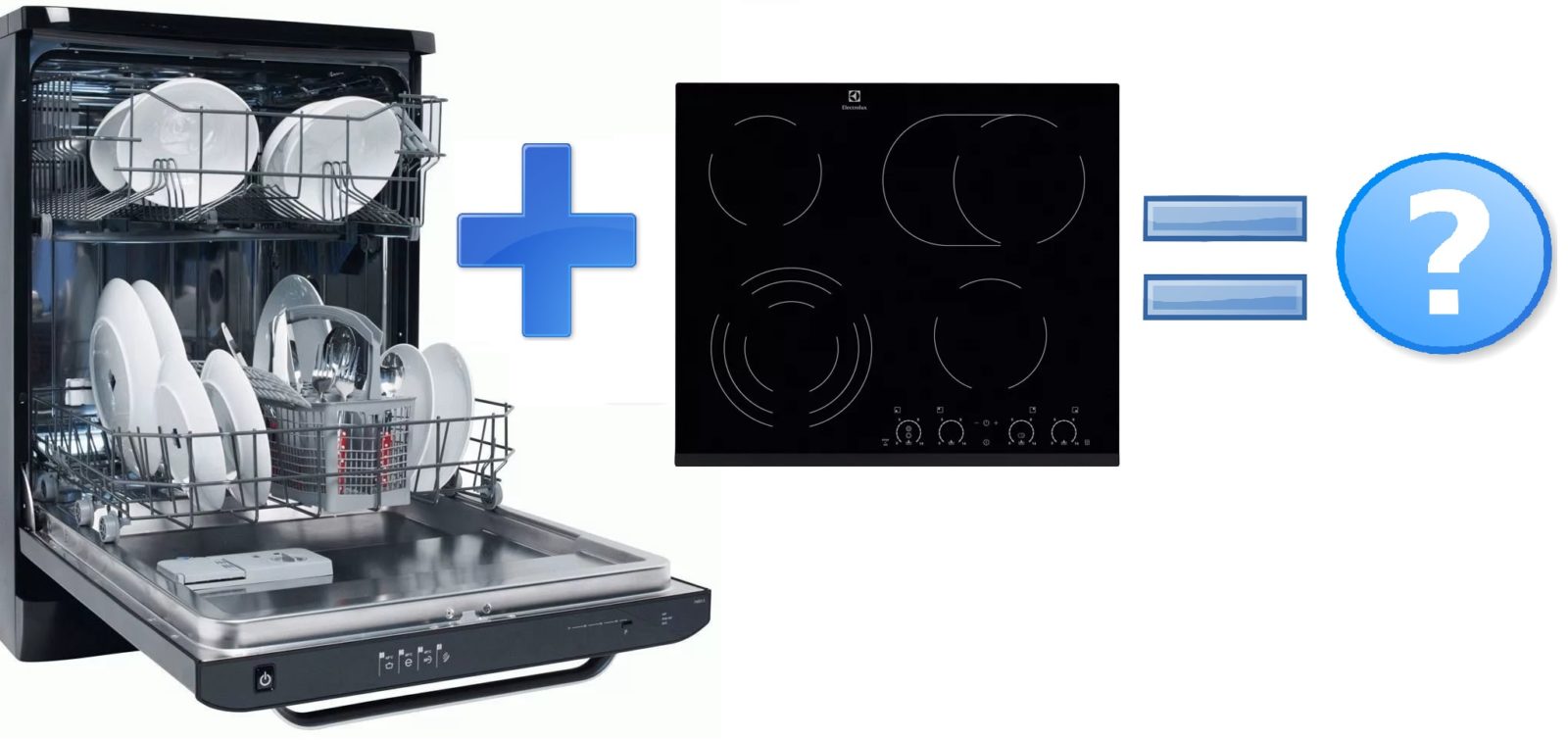
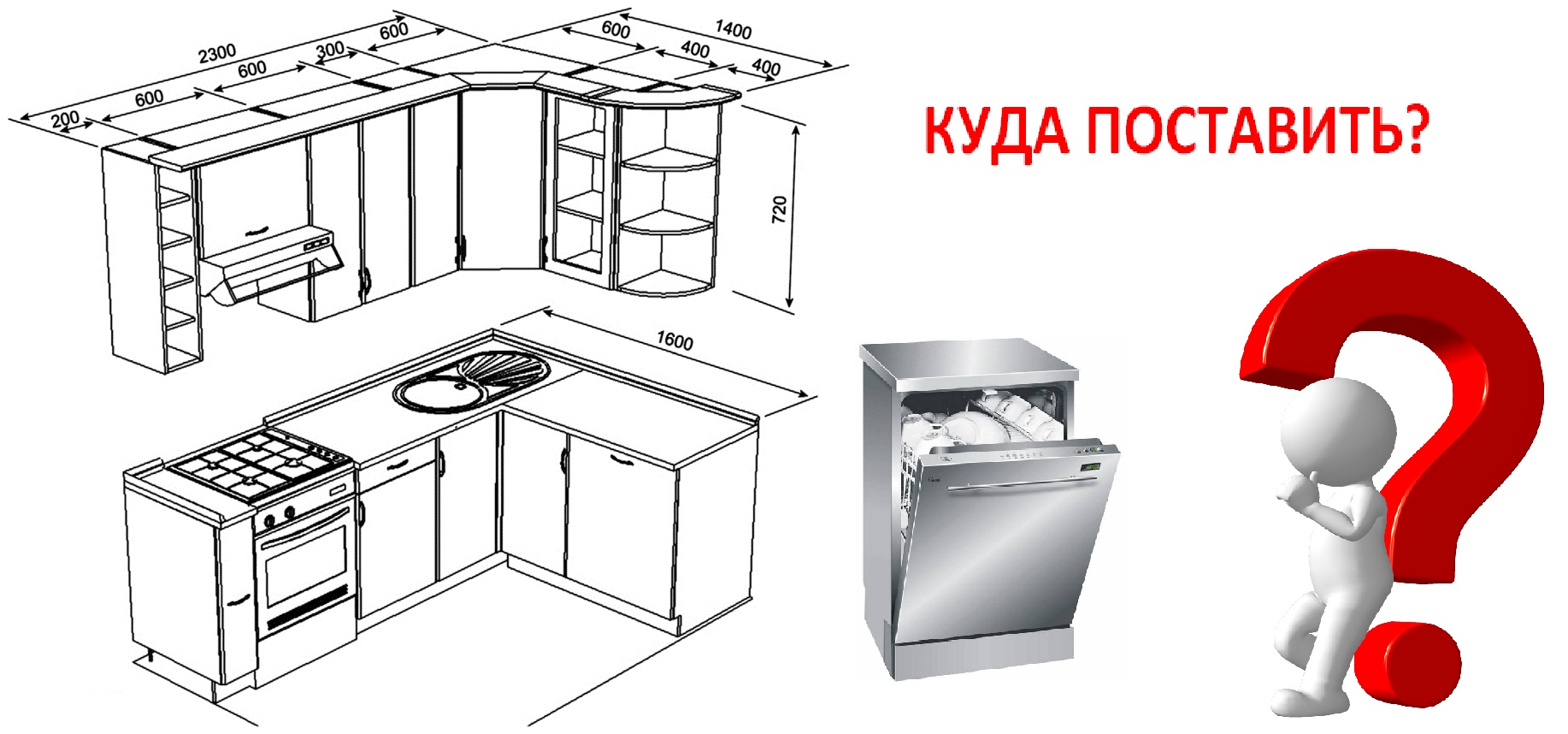












A differential is required where there is no grounding.